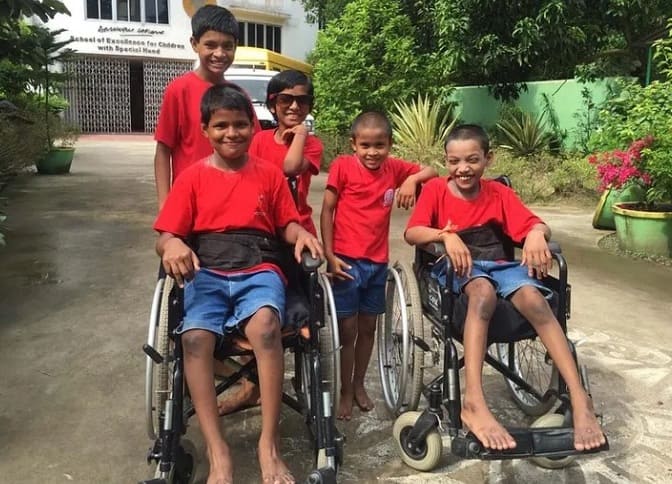Life is not easy if you are differently abled. Our lives are filled with daily tasks, activities, and responsibilities. For those of us with a disability, these tasks might be more difficult to complete. Persons with disabilities die earlier, have poorer health, and experience more limitations in everyday functioning than the rest of the population due to health inequities, says World Health Organization (WHO).
The Government of India recognizes 21 types of disabilities under the Rights of Persons with Disabilities Act (RPwD) of 2016. On the International Day of Persons with Disabilities, here is a look into the 21 types of disabilities recognised in India.
Blindness
Blindness refers to lack of vision. It may also refer to a loss of vision that cannot be corrected with glasses or contact lenses. Partial blindness means you have very limited vision. Complete blindness means you cannot see anything and do not see light.
Globally, the leading causes of vision impairment and blindness are refractive errors, cataract, diabetic retinopathy, glaucoma and age-related macular degeneration. Early detection and treatment of the leading causes of blindness such as cataract are important in reducing the prevalence of blindness and vision impairment.
As per World Health Organization (WHO), globally, at least 2.2 billion people have a near or distance vision impairment. In at least 1 billion of these, vision impairment could have been prevented or is yet to be addressed. Vision loss can affect people of all ages; however, most people with vision impairment and blindness are over the age of 50 years says WHO.
As on May 2022, there are an estimated 4.95 million blind persons and 70 million vision impaired persons in India, out of which 0.24 million are blind children.
The Government of India under the Ministry of Health and Family Welfare runs three Blindness Control programmes namely:
National Trachoma Control Program -1963,
National Program for Control of Blindness- 1976,
National Program for Control of Blindness & Visual Impairment-2017
Further, a major intervention under the Blindness Control program is the implementation of the Mission Mode Cataract Surgery Campaign (Netra Jyoti Abhiyan) from 2022-25. The national target of cataract surgeries for the FY 2022-23 was 75, 00,000. The achievement for the FY 2022-23 is 83,44,824.
However, India has been officially declared free from trachoma by the World Health Organization (WHO). India now stands alongside Nepal, Myanmar, and 19 other countries that have also successfully eliminated trachoma as a public health issue.
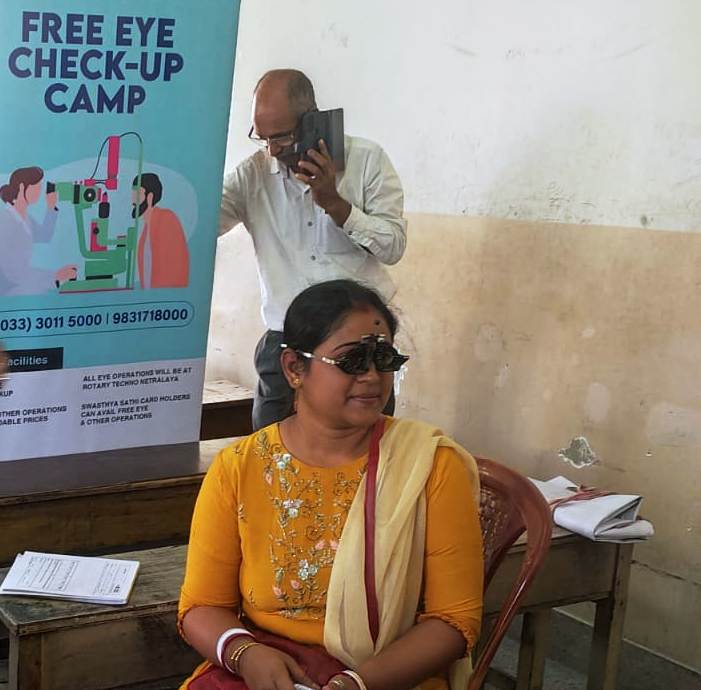
Low-vision
Vision impairment means that a person’s eyesight is not at a “normal” level. Vision impairment may be caused by a loss of visual acuteness, where the eye does not see objects as clearly as usual. It may also be caused by a loss of visual field, where the eye cannot see as wide an area as usual without moving the eyes or turning the head.
There are different levels of how severe a person’s vision loss is. The World Health Organization defines “low vision” as visual sharpness between 20/70 and 20/400, with the best possible correction, or a visual field of 20 degrees or less. “Blindness” is defined as a visual acuity worse than 20/400, with the best possible correction, or a visual field of 10 degrees or less.
For example, someone with a visual acuteness of 20/70 can see at 20 feet what someone with normal sight can see at 70 feet. Someone with a visual acuity of 20/400 can see at 20 feet what someone with normal sight can see at 400 feet. A normal visual field is about 160-170 degrees horizontally.
Leprosy Cured persons
As per World Health Organization (WHO), Leprosy, also known as Hansen’s disease is a chronic infectious disease caused by a type of bacteria named Mycobacterium leprae. The disease predominantly affects the skin and peripheral nerves. If left untreated, the disease may cause progressive and permanent disabilities. The bacteria are transmitted via droplets from the nose and mouth during close and frequent contact with untreated cases.
However, in the present day, leprosy is curable with multidrug therapy (MDT). Leprosy is reported from all the six WHO Regions; the majority of annual new case detections are from South-East Asia.
India has a target of becoming Leprosy Mukt Bharat by 2027. The Government of India has adopted comprehensive measures for prevention of development of disease. From the year 2016, efforts have been started for actively detecting cases under the Leprosy Case Detection Campaign. The National Leprosy Eradication Programme strives to detect and treat cases as early as possible, gives treatment free of cost to prevent the development of disabilities and deformities, medical rehabilitation of those with existing deformities. The Welfare allowance has been raised from Rs 8,000 to Rs 12,000 to patients for their reconstructive surgery.

Hearing Impairment (deaf and hard of hearing)
A person who is not able to hear as well as someone with normal hearing – hearing thresholds of 20 dB or better in both ears – is said to have hearing loss. Hearing loss may be mild, moderate, severe or profound. It can affect one ear or both ears and leads to difficulty in hearing conversational speech or loud sounds.
Hard of hearing refers to people with hearing loss ranging from mild to severe. People who are hard of hearing usually communicate through spoken language and can benefit from hearing aids, cochlear implants, and other assistive devices as well as captioning.
Deaf people mostly have profound hearing loss, which implies very little or no hearing. They often use sign language for communication.
As per WHO estimates in India, there are approximately 63 million people, who are suffering from significant auditory impairment; this places the estimated prevalence at 6.3% in Indian population. The Department of Empowerment of Persons with Disabilities (DEPwD) in India implements several schemes and provisions aimed at enhancing the quality of life for individuals with disabilities, including hearing impaired students.
Under the Rights of Persons with Disabilities (RPwD) Act of 2016, which emphasizes inclusive education as a fundamental right, educational institutions are empowered to ensure that children with benchmark disabilities including hearing impaired children—those with a disability of 40% or more—have access to free, quality education in an inclusive environment until the age of 18. The Act also promotes equity by mandating a minimum of 5% reservation for persons with disabilities in government and aided higher educational institutions.
Locomotor Disability
Locomotor disability means disability of the bones, joints or muscles leading to substantial restriction of the movement of the limbs or any form of cerebral palsy. World Health Organization (WHO) defines disability as impairment, limitation, or restriction in activity caused mainly by health issues and environmental factors. Worldwide, about one billion (15%) individuals face some form of disability, and 20% have severe functional limitations. Since 80% of those with disabilities live in developing nations, it is essential to ensure their inclusion in all aspects of development.
Dwarfism
Dwarfism refers to shortness in height that results from a genetic or medical condition. A common cause of dwarfism is a genetic mutation that affects bone growth. Dwarfism is generally defined as an adult height of four feet 10 inches or less. The average adult height in dwarfism is four feet. Common complications include bowing of the legs, hunching of the back and crowded teeth. Treatments are aimed at reducing complications. Surgery may help stabilise and correct the shape of the spine. Hormone therapy may increase final height in some cases.
Intellectual Disability
This is a form of disability that affects the acquisition of knowledge and skills, in particular any of various neurodevelopmental conditions affecting intellectual processes, educational attainment, and the acquisition of skills needed for independent living and social functioning.
Intellectual disability affects functioning in two areas – Cognitive functioning, such as learning, problem solving and judgement and Adaptive functioning, activities of daily life such as communication skills and social participation.
Additionally, the intellectual and adaptive deficit begins early in the developmental period, typically before age 18 years for diagnosis. Intellectual disability affects about 1% of the population, and of those about 85% have mild intellectual disability. In high-income countries, 2–3% of children have an intellectual disability.
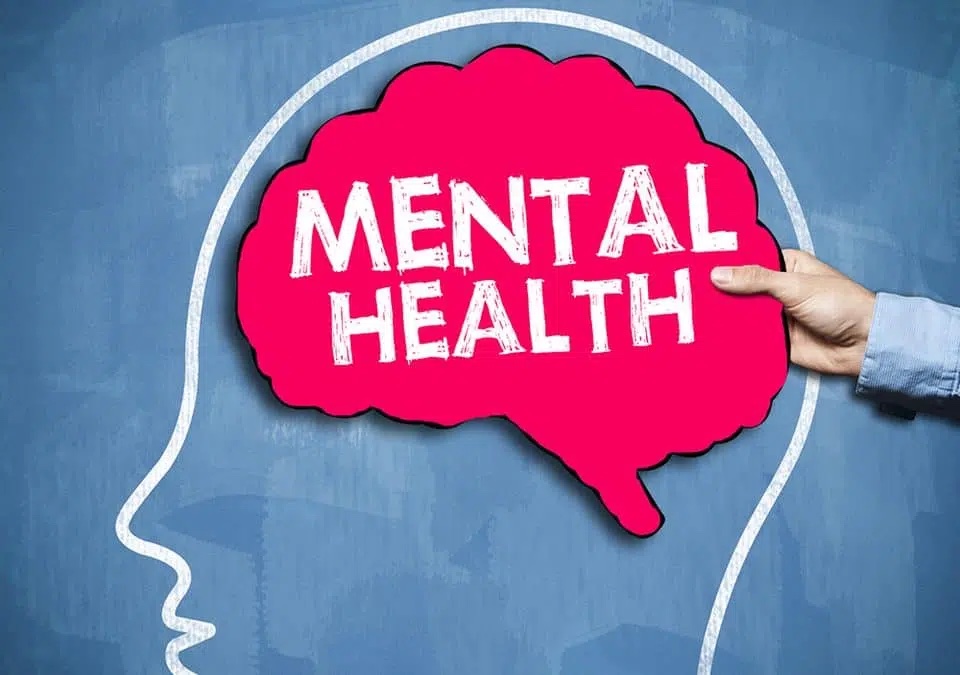
Mental Illness
As per WHO, mental disorder is characterized by a clinically significant disturbance in an individual’s cognition, emotional regulation, or behaviour. It is usually associated with distress or impairment in important areas of functioning. There are many different types of mental disorders. Mental disorders may also be referred to as mental health conditions. The latter is a broader term covering mental disorders, psychosocial disabilities and (other) mental states associated with significant distress, impairment in functioning, or risk of self-harm.
India faces a significant mental health crisis, with mental disorders being the second leading cause of years lived with disability and suicide ranking as the third leading cause of death in many states. National studies reveal that 15% of India’s adult population experiences mental health issues requiring intervention, yet the treatment gap ranges from 70-92%, leaving millions without access to care.
Although the Mental Healthcare Act of 2017 enshrines access to mental health as a statutory right, over 11 crore people in India still suffer from mental health disorders, with 80% not seeking help. Each year, more than 1 lakh people die by suicide, while countless others attempt to end their lives, underscoring the urgent need for intervention.
Govt of India’s free phone-based mental health support Tele MANAS was established to bridge this gap and make mental healthcare accessible to all. By offering counseling, psychotherapy, and referral services via telephone, the program provides a lifeline to individuals who might otherwise be unable to seek help.
Autism Spectrum Disorder (ASD)
Autism spectrum disorder (ASD) is a neurological and developmental disorder that affects how people interact with others, communicate, learn, and behave. Although autism can be diagnosed at any age, it is described as a “developmental disorder” because symptoms generally appear in the first 2 years of life. Autism is known as a “spectrum” disorder because there is wide variation in the type and severity of symptoms people experience. People of all genders, races, ethnicities, and economic backgrounds can be diagnosed with ASD. Although ASD can be a lifelong disorder, treatments and services can improve a person’s symptoms and daily functioning.
Autism Spectrum Disorder (ASD) affects millions of children worldwide, and India is no exception. According to a 2021 study published in the Indian Journal of Pediatrics: The estimated prevalence of Autism in India is around 1 in 68 children. Boys are more commonly affected by Autism than girls, with a male-to-female ratio of approximately 3:1. The prevalence of Autism in India has been steadily increasing.
Early detection and diagnosis of Autism play a crucial role in providing timely intervention and support, significantly improving the long-term outcomes for affected children. Early diagnosis and intervention is still inadequate, with many children not receiving the necessary support at the right time. At times, parents lack the necessary knowledge and information on Autism, its potential impacts and available intervention and support measures. Early detection is the key to enabling children with ASD to lead a productive life.

Cerebral Palsy
Cerebral Palsy is a medical condition, usually caused by brain damage before or at birth, that causes the loss of control of the arms and legs. Children with Cerebral Palsy are mentally normal but they have a very limited capacity to coordinate their mind with body. That’s why they face difficulty to even carry out basic day to day activity. Children with Cerebral Palsy are trained with therapies like occupation therapy, speech therapy, behavior therapy and physiotherapy to help them reach the goal.
“Cerebral Palsy happens by birth- a basic reason behind this inadequate supply of oxygen to the child’s brain during pregnancy or delivery. It also happens from high dose medication and maybe if the mother’s age is very high like above 45 years. There is no permanent cure for cerebral palsy. Only training, therapy and special education can help them lead a normal life,” says Manjusha Singh, Special Educator and In-Charge, Cerebral Palsy Association of India, Mumbai.
Muscular Dystrophy
Muscular dystrophy is a group of diseases that cause progressive weakness and loss of muscle mass. In muscular dystrophy, abnormal genes (mutations) interfere with the production of proteins needed to form healthy muscle. Symptoms of the most common variety begin in childhood, mostly in boys. Other types don’t surface until adulthood. There are primarily 9 types of Muscular Dystrophy with varying levels of progression and symptoms.
The main sign of muscular dystrophy is progressive muscle weakness. Specific signs and symptoms begin at different ages and in different muscle groups, depending on the type of muscular dystrophy. There’s no cure for muscular dystrophy. But medications and therapy can help manage symptoms and slow the course of the disease.
In India, more than 4000 children are born with Muscular Dystrophy (MD) each year says the Indian Association of Muscular Dystrophy. Limb-girdle muscular dystrophies (LGMDs) are common in India.
Researchers in India are working on developing an affordable treatment for a rare and incurable genetic disorder called Duchenne Muscular Dystrophy with over 5 lakh cases in the country. Duchenne Muscular Dystrophy (DMD) is the most common and fatal type of muscular dystrophy, marked by progressive muscle degeneration and weakness due to alterations of a protein called “dystrophin” that helps keep muscle cells intact. The condition is predominantly seen in boys, but in rare cases, it can also affect girls.
Chronic Neurological conditions
Neurological disorders, both fatal and non-fatal, are among the leading contributors to the burden of non-communicable and communicable diseases in India. In the past three decades, most studies in India have shown a high disease burden for specific diseases including stroke, epilepsy, headache, Parkinson’s disease, and dementia, mostly reported for the urban Indian population. The Government of India has introduced welfare programmes, such as Ayushmann Bharat—Pradhan Mantri Jan Arogya Yojna, for various diseases including neurological disorders.
Specific Learning Disabilities
A Specific Learning Disability is a disorder that interferes with a student’s ability to listen, think, speak, write, spell, or do mathematical calculations. Students with a specific learning disability may struggle with reading, writing, or math. Specific learning disorders (often referred to as a learning disorder or learning disability, see note on terminology) are neurodevelopmental disorders that are typically diagnosed in early school-aged children, although may not be recognized until adulthood. They are characterized by a persistent impairment in at least one of three major areas: reading, written expression, and/or math.
In India, roughly at least 5 to 15% of school-age children struggle with a learning disability, boys being more affected than girls. Co-morbidities include attention deficit hyperactivity disorder, autism spectrum disorder, conduct disorder, depressive disorder, anxiety disorder and other behavioral and emotional disorders.
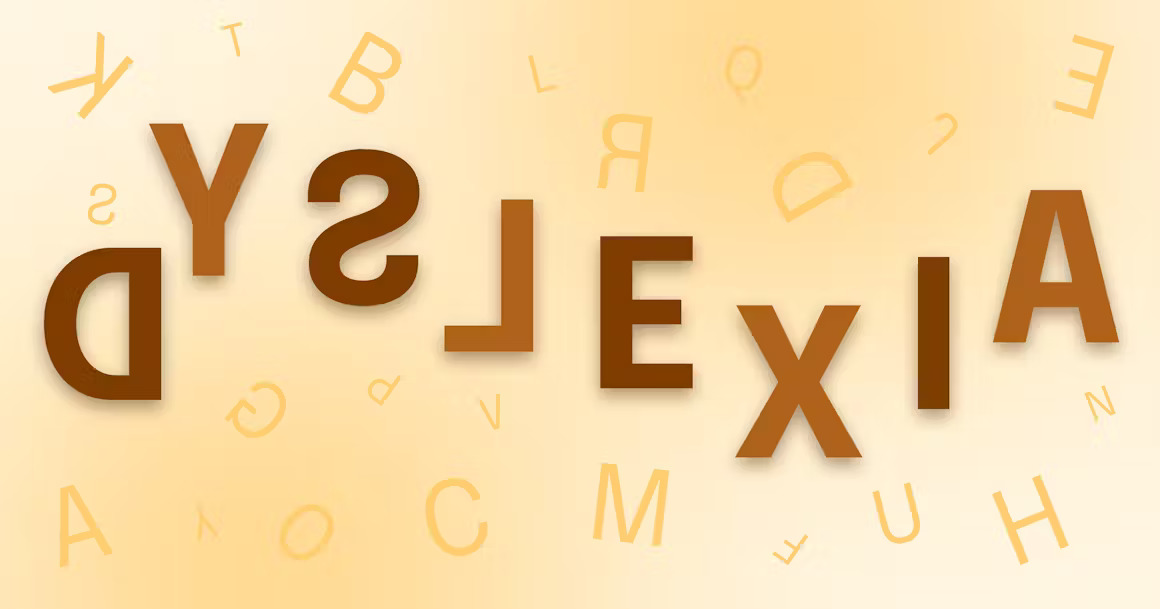
An estimated 80% of those with learning disorders have impairment in reading in particular (commonly referred to as dyslexia). Dyslexia is common, affecting 20% of the population. Dyslexia affects males and females equally. Specific learning disorder often occurs along with other neurodevelopmental disorders (such as ADHD) and with anxiety.
Multiple Sclerosis
Multiple sclerosis (referred to as MS) is a disease that causes breakdown of the protective covering of nerves. Multiple sclerosis can cause numbness, weakness, trouble walking, vision changes and other symptoms. In this disease, the immune system attacks the protective sheath that covers nerve fibres, known as myelin. This interrupts communication between the brain and the rest of the body. Eventually, the disease can cause permanent damage of the nerve fibres.
Symptoms depend from person to person, the location of damage in the nervous system and how bad the damage is to the nerve fibres. While some people lose the ability to walk on their own or move at all, others may have long periods between attacks without any new symptoms, called remission. The course of the disease varies depending on the type of MS.
There’s no cure for multiple sclerosis. However, there are treatments to help speed the recovery from attacks, modify the course of the disease and manage symptoms. MS exists in India, although its prevalence is lower than among European and American populations.
Speech and Language disability
Many young children have difficulty with communication at some time in their lives. Communication disorders include speech disorders and language disorders.
Speech disorder is a condition in which a person has problems creating or forming the speech sounds needed to communicate with others. This can make the child’s speech difficult to understand. Common speech disorders include Articulation disorders, Phonological disorders, Disfluency, Voice disorders or resonance disorders.
A child may have a language disorder if they have difficulty getting their meaning across through speech, writing or even gestures. Some children have a language disorder even though they produce sounds well and have clear speech. Difficulty expressing meaning to other people is called an expressive language disorder. Difficulty understanding other people is called a receptive language disorder.
Thalassemia
Thalassemia is an inherited blood disorder that affects the body’s ability to produce hemoglobin and healthy red blood cells. Types include alpha and beta thalassemia. Thalassemia may cause you to experience anemia-like symptoms that range from mild to severe. Treatment can consist of blood transfusions and iron chelation therapy.
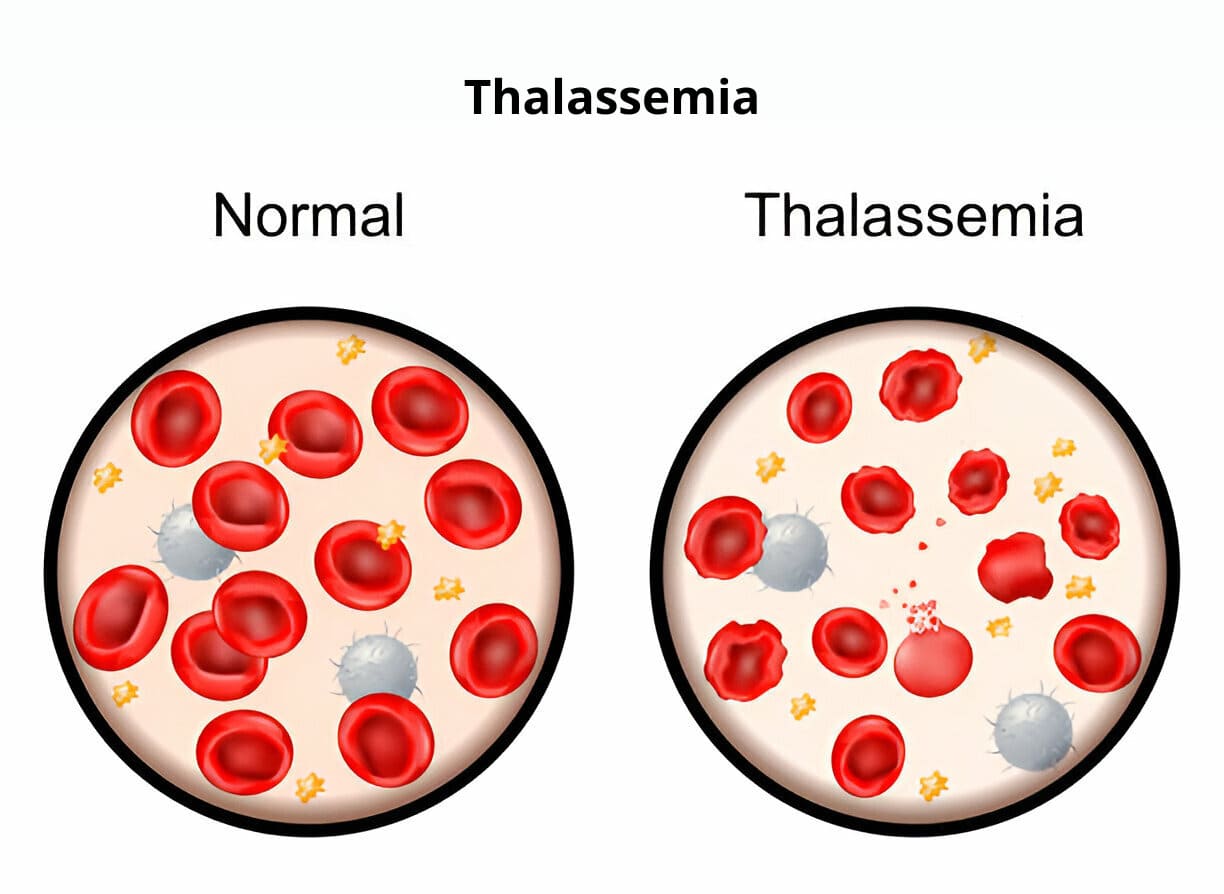
Some babies show signs and symptoms of thalassemia at birth; others develop them during the first two years of life. Some people who have only one affected hemoglobin gene don’t have thalassemia symptoms. Thalassemia signs and symptoms can include Fatigue, Weakness, Pale or yellowish skin, Facial bone deformities, Slow growth, Abdominal swelling and Dark urine among others.
India has the largest number of children with Thalassemia major in the world – about 1 to 1.5 lakhs and almost 42 million carriers of ß (beta) thalassemia trait. About 10,000 -15,000 babies with thalassemia major are born every year.
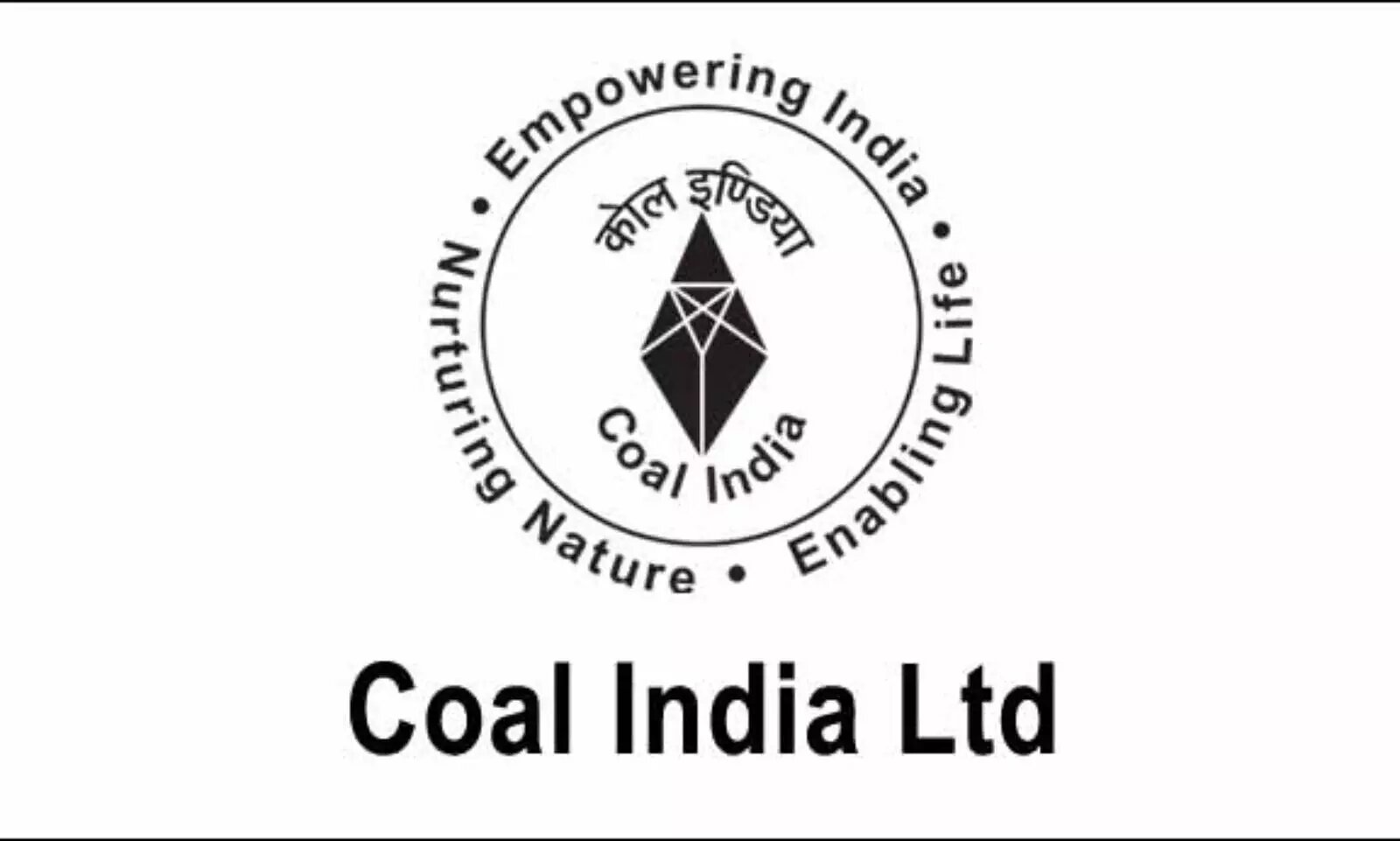
Thalassemia Bal Sewa Yojana is Coal India’s flagship health CSR initiative which has reached a significant milestone with the successful completion of 500 Bone Marrow Transplants. The program provides financial assistance of up to Rs 10 lakh per patient for the treatment of Thalassemia Major and Aplastic Anemia, benefiting 356 underprivileged children across India. Launched in 2017, the scheme supports families with an annual income below Rs 8 lakh. With an investment of Rs 70 crore, TBSY has been recognized with ‘The Green Environment Award’ and continues to offer vital financial support for medical treatments through an online portal and physical applications.
Hemophilia
Hemophilia is a rare, genetic blood disorder that happens when your blood doesn’t clot and make your bleeding slow down or stop. Hemophilia happens when people don’t have the normal amount of clotting factors. Clotting factors help blood clot. Healthcare providers treat hemophilia by replacing missing clotting factors.
Hemophilia is almost always a genetic disorder. Treatment includes regular replacement of the specific clotting factor that is reduced. Newer therapies that don’t contain clotting factors also are being used. Without treatment, severe Haemophilia patients, primarily boys, may not survive through their teens and that too with extreme dependency. This burdens the patient, his family, society and the healthcare infrastructure.
India is home to the second largest population of patients living with Haemophilia, with an estimated 1,36,000 individuals grappling with hemophilia A. However, only around 21,000 are registered at present. Nearly 80 per cent of hemophilia cases are undiagnosed in India as several hospitals and medical institutions lack screening capabilities for blood clotting, affecting the diagnosis of new cases.
Sickle Cell disease
Sickle cell disease — also called sickle cell anemia — is a group of inherited disorders that affect hemoglobin, the major protein that carries oxygen in red blood cells. Normally, red blood cells are disc-shaped and flexible so they can move easily through the blood vessels. In sickle cell disease, red blood cells are misshaped, typically crescent- or “sickle”-shaped due to a gene mutation that affects the hemoglobin molecule. When red blood cells sickle, they do not bend or move easily and can block blood flow to the rest of the body.
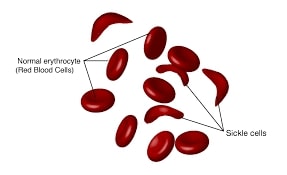
Serious problems may come from having sickle cell disease, including sudden onset of strong episodes of pain, called pain crises, that occur because of blocked blood flow and often require medical attention Other terms used to describe these pain episodes include “sickle cell crisis” and “vaso-occlusive crisis.” People who have sickle cell disease may also experience other serious health complications, such as chronic pain, stroke, lung problems, eye problems, infections, and kidney disease.
Sickle cell disease is a lifelong illness that may be managed through preventive screening and treatment strategies. Treatment reduces or helps manage symptoms and increase longevity. With the right care, many people who have sickle cell disease live fulfilling lives and safely participate in most activities.
Sickle Cell Disease is particularly prevalent in India, especially among the tribal population, though it also affects non-tribals. India has the largest tribal population density globally, with 8.6% of the population, or 67.8 million people, identified as tribal according to the 2011 Census. The Ministry of Health and Family Welfare (MoHFW) tribal health expert committee has highlighted SCD as one of the ten major health issues disproportionately affecting tribal communities.
Multiple Disabilities including deafblindness
Multiple Disabilities means concomitant impairments (such as mental retardation-blindness, mental retardation-orthopedic impairment, etc.), the combination of which cause such severe educational needs that they cannot be accommodated in a special education program solely for one of the impairments.
Deafblindness is a combination of sight and hearing loss that affects a person’s ability to communicate, access information and get around. It’s also sometimes called ‘dual sensory loss’ or ‘multi-sensory impairment’.
Acid Attack victim
Acid attacks are a form of violence, in which acid or another corrosive substance is thrown at a person – usually a woman or a girl – with the intention of maiming, torturing or killing them. Acid attacks perpetrated against women and girls are used as a means to permanently scar the survivor – they are an extreme form of violence against women and girls. They are used because so much bearing is placed on the physical appearance of women and girls.
Women in countries around the world live with the threat of acid attacks. Globally, there are approximately 1,500 acid attacks a year, but it is a crime that often goes unreported for fear of reprisal. The greatest prevalence is in south Asian countries including India, Pakistan and Bangladesh, where acid remains inexpensive and freely available.
The issue of acid attack has been taken seriously and on priority basis by Government of India to prevent the incidents of acid attack, provide treatment & compensation to victims. The Criminal Law Act 2013 provides specific provisions on acid attack as an offence, along with punitive measures to deal with non compliance on cases no registration of crime and non treatment to victims of several offences.
Parkinson’s disease
Parkinson’s Disease (PD) is a neurodegenerative disorder that disrupts the brain’s ability to produce dopamine, a vital neurotransmitter responsible for movement control. While traditionally associated with older adults, PD can manifest at any age, with varying symptoms and progression.
In this condition, a part of the brain deteriorates, causing more severe symptoms over time. While this condition is best known for how it affects muscle control, balance and movement, it can also cause a wide range of other effects on your senses, thinking ability, mental health and more.
In the early stages of Parkinson’s disease, a person face may show little or no expression, arms may not swing when he or she walks, speech may become soft or slurred. Symptoms get worse over time.
Although Parkinson’s disease can’t be cured, medicines may help symptoms get better. Sometimes a healthcare professional may suggest surgery to help control parts of the brain. This surgery may help lessen symptoms.
In India, the rising life expectancy and growing population are contributing to an increased burden of PD. In contrast to western countries, India grapples with a significant obstacle—PD typically manifests at a younger age, hitting individuals around 51 years old, roughly a decade earlier. This early onset has profound implications, impacting individuals during their prime working years. Additionally, the scarcity of neurologists, especially in rural areas, frequently results in delayed diagnosis and insufficient initial treatment.

